
Virtualization Fundamentals Overview
This short video provides an overview and a brief history of Virtualization as well as discusses what a Virtual Machine is. This video is a

VMs vs. Containers
This video compares and contrasts Virtual Machines (VMs) and Containers. This video is a small portion of the Introducing Architectures and Virtualization Tech Session. Be sure

Other Wireless Architecture Types
In this brief video, Jim Goughenour discusses Workgroup Bridges and Mesh Networks and why each is used. This video is a small portion of the
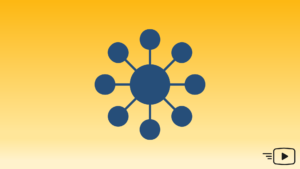
Control and Provisioning of APs (CAPWAP)
This short video discusses features of Control and Provisioning of APs (CAPWAP) including Control Planes and Data Planes. This video is a small portion of
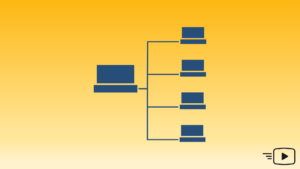
Dynamic Host Configuration Protocol (DHCP)
In this short video, Jim Goughenour outlines the various DHCP configuration options including options 43, 6, and 15. This video is a small portion of

FlexConnect Mode APs
This video introduces the topic of FlexConnect Mode APs in which WLC and APs are physically separated. This video is a small portion of the
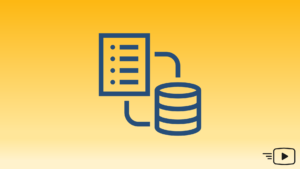
How Roaming Works
This short video provides an example of how roaming works. This video is a small portion of the Explaining Wireless Fundamentals Tech Session. Be sure

Infrastructure Configuration – Lightweight APs
In this short video, Jim Goughenour discusses Lightweight APs and Autonomous APs, providing examples of each. This video is a small portion of the Explaining
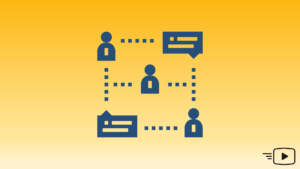
MAC Significance in IEEE 802.11
In this short video, Jim Goughenour talks about the four populated MAC Addresses in the 802.11 frame. This video is a small portion of the

Management
This brief video introduces wireless management topics that include DHCP, DNS, NTP, AAA, SNMP, CLU, and GUI. This video is a small portion of the

Radio Frequencies and Channels
This short video provides an overview of common Radio Frequencies and Channels and describes which ones are used, specifically, in WLAN deployments. This video is

Radio Interference
This short video talks about radio interference and includes some common devices that can cause interference such as wireless video cameras and fluorescent lights. This

Split MAC Architecture
In this video, Jim Goughenour introduces Split MAC Architecture and how it splits the functions of the MAC between Real Time Traffic (AP) and Non-Real

Service Set Identifier (SSID)
In this short video, Jim Goughenour explains what a Service Set Identifier (SSID) is and some of its’ options including radio settings and security settings.

Wireless Architecture Types
In this video, Jim Goughenour discusses various Wireless Architecture Types including Ad Hoc Networks, WiFi Direct, and Infrastructure Mode (Single AP and Multiple APs). This

Wireless Network Types
This brief video compares and contrasts three wireless network types: Wireless Personal Area Networks (WPAN), Wireless Local Area Networks (WLAN), and Wireless Metropolitan Area Networks

Quality of Service QOS Defined
This video provides a definition and basic explanation of Quality of Service (QoS) and the concept of Managed Unfairness. This video is a small portion

Queuing (1 of 2)
In part one of this two part series, Keith Edwards introduces Queuing and lists the Queuing Types that include PQ, WRR, SRR, WFQ, CBWFQ, and

Queuing (2 of 2)
In part two of this two part series, Keith Edwards walks you through an example of a Policy-Map that is doing Class-Based Weighted Fair Queuing

Rate Limiting
This video introduces the concept of Rate Limiting and explains the two tools used for this purpose, Shaping and Policing. This video is a small

Shaping
This brief video provides an example of how Shaping works in a Policy-Map. This video is a small portion of the Introducing QOS Tech Session.

Congestion Avoidance (1 of 2)
In part one of this two part series, Keith Edwards explains what Congestion Avoidance as well as the various types including Tail Drop, WTD, WRED,

Converged Networks
This videos explains the concept of Converged Networks including how transmission has evolved in terms of Data, Voice, and Video. This video is a small

MQC Part One: Class-Map and Classification
In video one of this three part series, Keith Edwards discusses Modular QoS CLI, Class-Maps, and Classification. This video is a small portion of the

MQC Part Three: Service-Policy
In video three of this three part series, Keith Edwards discusses Modular QoS CLI, Service-Policies, and Policy-Maps. This video is a small portion of the

Business and Application Prioritized SVLs
This video summarizes prioritized service levels as they apply to Voice, Video, and Data applications (TCP and UDP). This video is a small portion of

Congestion Avoidance (2 of 2)
In part two of this two part series, Keith Edwards provides an example of to apply Congestion Avoidance in a Policy-Map. This video is a

MQC Part Two: Policy-Map and Marking
In video two of this three part series, Keith Edwards explains Policy-Maps and how they relate to Class-Maps and the concept of marking. This video

Understanding WAN Client Types
This video outlines various WAN Client Types including main offices, branches, telecommuters, contractors, mobile users, and clients. This video is a small portion of the

Topology Points of View
In this video, Keith Edwards talks about Physical Topologies, Virtual Topologies, as well as touches on some VPN Terminology. This video is a small portion

VPN Summary Points
This brief video provides a summary of key VPN concepts including SSL, IPSec tunnels, and GRE. This video is a small portion of the Introducing

VPN Technology
This short video explains what VPN Tunneling is and how it works with the transport network. This video is a small portion of the Introducing

VPN Types: Host-to-Host
In this video, Keith Edwards explains how Host-to-Host VPNs work including encapsulation/decapsulation and SSL Encryption. This video is a small portion of the Introducing WAN

VPN Types: Site-to-Site
In this video, Keith Edwards explains how Site-to-Site VPNs work including encapsulation/decapsulation, GRE, and IPSec. This video is a small portion of the Introducing WAN

WAN Summary Points
This brief video outlines some of the major takeaways on the subject of Wide Area Networks (WAN). This video is a small portion of the

Carrier and Device Connectivity
In this video, Keith Edwards explains how Data Communications Equipment (DCE) and Data Terminating Equipment (DTE) are connected. This video is a small portion of

Carrier Reference Terminology
This brief video outlines the reference terminology used by carriers including Customer Edge (CE), Demarcation Point (Demarc), Customer Premises Equipment (CPE), and Provider Edge (PE).

The Need for First Hop Redundancy Protocol
This short video explains the “why” of First Hop Redundancy Protocol including the need for availability, lack of redundancy, and single point of failure. This

First Hop Redundancy – Self-Healing
This brief video explains the concept of Self-Healing and how a standby router is utilized in the case of a failure. This video is a

HSRP Configuration on Two Routers
In this short video, Keith Edwards walks you through configuring two routers via HSRP and VRRP. This video is a small portion of the Exploring

First Hop Redundancy – Initial Contention
In this short video, you will learn about Initial Contention and how priority levels can be used for optimization. This video is a small portion

First Hop Redundancy – Recovery Contention
In this video, Keith Edwards explains the concept of Recovery Contention and walks you through two scenarios that illustrate how it works. This video is

First Hop Redundancy Protocol Types
This brief video outlines the 3 types of First Hop Redundancy Protocols including HSRP, VRRP, and GLBP. This video is a small portion of the

From Hubs to Bridges to Switches
In this brief video you will be introduced to what hubs, bridges, and switches are and how they differ from one another. This video is
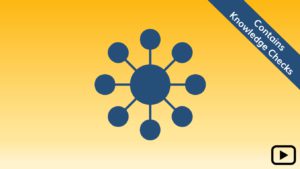
Building Redundant Switched Topologies
In this 1-hour Tech Session, Jim Goughenour takes an in-depth look at providing and managing redundancy in our switched Ethernet networks. We will also examine
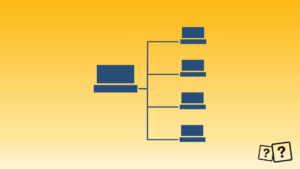
CCNA Security Fundamentals
This quiz will test your knowledge of Security Fundamentals including topics such as security concepts, security program elements, device access control, and more. Tip: Quiz

CCNA IP Services
This quiz will test your knowledge of IP Services including topics such as DHCP, DNS, SNMP, and more. Tip: Quiz questions are randomized providing you
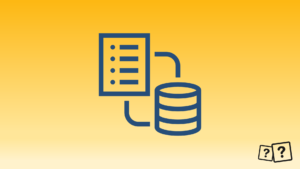
CCNA Network Access
This quiz will test your knowledge of Network Access including topics such as VLANs, interswitch connectivity, L2 discovery protocols, and more. Tip: Quiz questions are
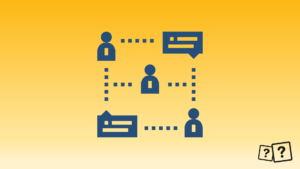
CCNA IP Connectivity
This quiz will test your knowledge of IP Connectivity including topics such as routing tables, IPv4, IPv6, OSPF, and more. Tip: Quiz questions are randomized

CCNA Network Fundamentals
This quiz will test your knowledge of Network Fundamentals including topics such as routers, L2 and L3 switches, access points, and more. Tip: Quiz questions
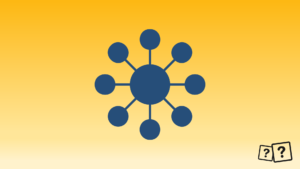
CCNA Automation and Programmability
This quiz will test your knowledge of Automation and Programmability including topics such as REST-based APIs, controller-based networking, configuration management, and more. Tip: Quiz questions
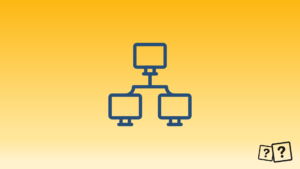
CCNA Comprehensive
This quiz will test your knowledge in all areas of the CCNA curriculum including Network Fundamentals, Network Access, IP Connectivity, IP Services, Security Fundamentals, and
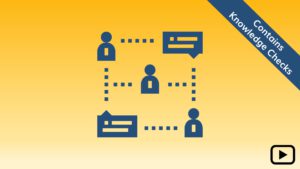
Introducing WAN Technologies
This 1-hour session, presented by Keith Edwards, discusses WAN technologies for both legacy and current Wide Area Networking connectivity types and services. These will include
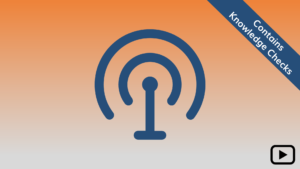
Cisco Secure Endpoints (Formerly AMP for Endpoints)
Cisco Secure Endpoints provides protection from malware, ransomware and other types of malicious software that can compromise an endpoint. In this 1-hour Tech Session Kenya
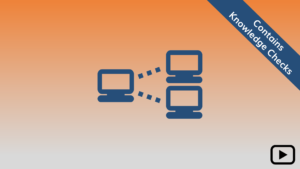
Introducing Multicast Protocols
In this 1-hour Tech Session, Jim Goughenour goes through Multicast technology at a fairly high level. We will do a Multicast Overview, and also discuss

Understanding Enterprise Network Security Architecture
In this 1-hour Tech Session, Keith Edwards goes over the tenets and needs behind a good Enterprise Network Security Architecture. We will discuss the “threatscape”

MDS Basics
Cisco© MDS is one of the most powerful storage networking solutions offered today. It’s scalable, programmable, reduces IT costs, and easily responds to the business
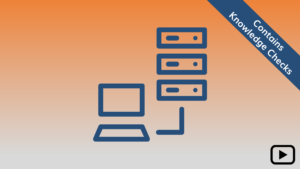
APIs in DNA Center and vManage
In this 1-hour Tech Session, Edwin Owen takes a closer look at the basics of REST APIs such as methods, response codes and authentication. We
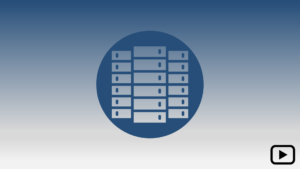
Achieving Low-Latency Switching with Exablaze
In this 1-hour Tech Session, David Hodde provides an overview of the Exablaze partnership and how they fit within the Cisco Intent-Based Networking portfolio. We
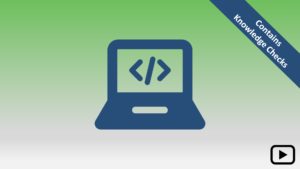
Understanding the Basics of Python Programming
In this 1-hour Tech Session, Edwin Owen discusses why most Network Engineers choose to use Python over other programming languages. We will look at how
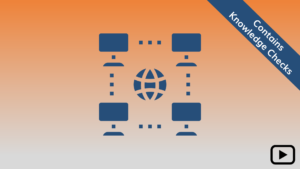
Exploring Automation and Assurance using DNA Center
In this 1-hour Tech Session, Keith Edwards discusses Automation and Assurance tools and capabilities in Cisco DNA Center. We will discuss Intent-Based Networking and it’s

Introducing Network Programmability Protocols
In this 1-hour Tech Session, presented by Edwin Owen, we are learning about the evolution of network configuration management including an overview of the tools

Understanding the Working Principles of SD-WAN
In this 1-hour Tech Session, Keith Edwards presents an explanation of the architecture and blend of technologies used in the SD-WAN Solution. The SD-WAN Solution
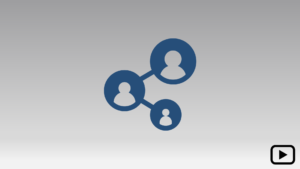
Describing Collaboration Edge Architecture
This Tech Session, presented by Toby Sauer, is a continuation of the series discussing the “self-study” sections of the Implementing Cisco Collaboration Core Technologies (CLCOR)

Configuring Cisco Unity Connection Call Handlers (Part 2 of 2)
In this Tech Session, Kevin Koeper looks at what Directory Handlers and Interview Handlers in Unity Connection can do, what different options are available and
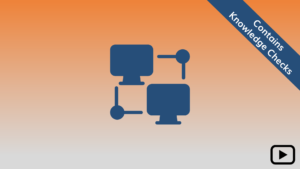
Examining the Cisco SD-Access Solution
In this 1-hour Tech Session, Keith Edwards presents an explanation of the architecture and blend of technologies used in the SD-Access Solution. We discuss Underlay

Configuring Cisco Unity Connection Call Handlers (Part 1 of 2)
In this 1-hour Tech Session, Kevin Koeper looks at what System Call Handlers in Unity Connection can do, what configuration options are available during the
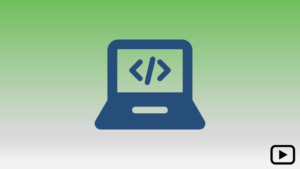
How to Validate Your Python 3 Code
In this 1-hour Tech Session, presented by Dr. Allen Gradnigo, you will learn how to validate your Python 3 code with real-world use cases.

Ansible Overview
In this 1-hour Tech Session, presented by Edwin Owen, you will get an overview of Ansible. Additionally, you will learn how to configure a Playbook

Docker Overview
In this 1-hour Tech Session, presented by Edwin Owen, you will get an overview of Docker. You will learn how to write Docker files, build

Python Overview
In this 1-hour Tech Session, presented by Edwin Owen, you will get an overview of Python and will learn how to download Python, install packages,

Postman Overview
In this 1-hour Tech Session, presented by Edwin Owen, you will get an overview of Postman. You will learn about features in Postman used to
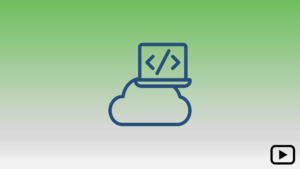
Git Overview
In this 1-hour Tech Session, presented by Edwin Owen, you will get an overview of Git. You will also learn the basic commands to setup

Implementing Threat Defense Technologies
In this 1-hour Tech Session, presented by Jim Goughenour, we will explore and discover many of the various technologies that serve to keep our networks,
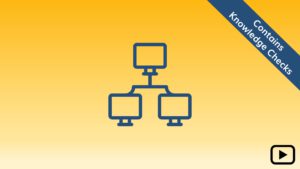
Examining the Security Threat Landscape
In this 1 hour Tech Session, Kenya Thomas examines the Cisco Security Architecture and how it works together to combat cybersecurity threats. This video contains
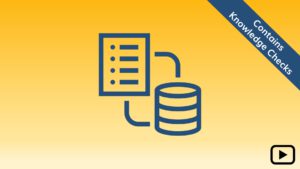
Introducing Architectures and Virtualization
In this 1-hour Tech Session, Jim Goughenour takes a closer look at the variations in network design. We will explore hierarchical design methods, virtualization, cloud
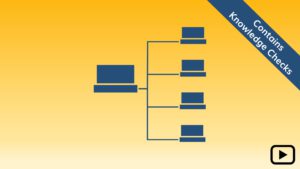
Explaining Wireless Fundamentals
In this 1-hour Tech Session, Jim Goughenour takes a look at how wireless has become central to business communications, and explore some of the working
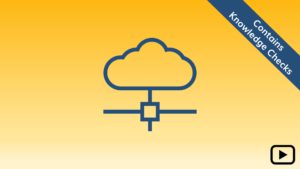
Introducing QoS
This 1-hour session, presented by Jim Goughenour, covers basic QoS tools, we will explain some typical enterprise traffic problems, and how various QoS tools can

Exploring Layer 3 Redundancy
This 1-hour session, presented by Keith Edwards, covers basic First Hop Redundancy Protocols primarily focused on Hot Standby Redundancy Protocol and Virtual Router Redundancy Protocol.
